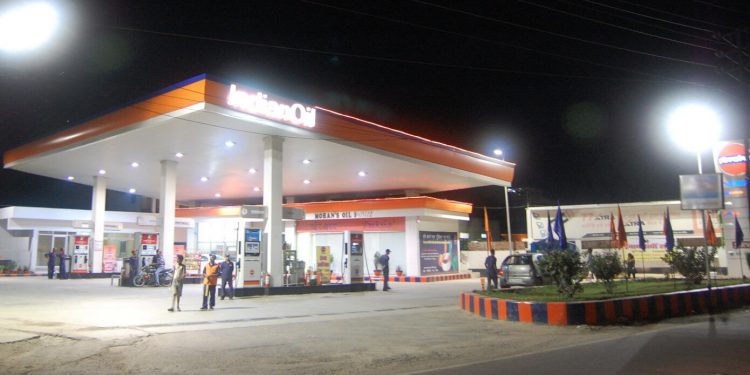New Delhi: The International Energy Agency (IEA) has slammed India’s natural gas pricing policy. It said that linking domestic production to very low global reference prices has reduced incentives for producers to raise supplies.
In its first in-depth review of India’s energy policies, IEA said for the share of environment-friendly fuel to rise, the government needs to ensure gas is treated on a level playing field with other fuels for taxation and is included under the Goods and Services Tax (GST).
However, one challenge to raising share of natural gas in the energy basket to 15 per cent by 2030 from current six per cent is gas pricing, it said. “Linking domestic gas prices to a basket of (very low) international reference prices has reduced incentives for domestic producers to increase supply.”
The Narendra Modi government, after storming to power in 2014, had approved a formula to price domestically produced gas at the average rate prevailing in gas exporting countries such as the United States, United Kingdom, Canada, and Russia.
Price according to this formula currently is USD 3.23 per million British thermal unit, half of what India’s pays for import of liquefied natural gas (LNG).
With stagnant domestic output, India meets half of its gas needs through imports. “India’s latest 2014 gas price mechanism focuses very much on reducing the price level rather than the creation of a market-based system to reflect the domestic supply-demand structure in India,” the IEA said.
IEA said there is no trading hub yet in India, although its creation has been suggested for 2019.
“The creation of a gas hub would allow transparent price discovery on the basis of buyers and sellers interacting in an open market, and has the potential to remove the multiple price regimes in India,” it said.
Stating that the Indian government should go ahead and implement the creation of a gas hub, the IEA said international experience suggests that a virtual trading hub with an entry-exit regime based on transmission capacity is highly suited for market areas with limited transmission capacity and limited domestic production but rising LNG imports.
“The experience in the European Union (EU) can be very instructive for India. It has taken more than a decade to create a liquid natural gas market across 28 EU states, it said, adding a liquid and well-functioning domestic gas market would be a strong pillar for India’s security of gas supply.
“The reforms that allow marketing freedom to new supplies might help. However, there is still very low interest from new upstream companies to bid for acreage, given the competition from incumbent producers that sell gas at below its cost of production,” the IEA said.
“The price of domestic gas is lower than that of (imported) LNG and is defined by indexation to international markets. Since India sources around 50 per cent of its LNG imports via long-term contracts and the other half from spot markets, the price difference between oil-linked and spot gas is very important for Indian buyers,” the IEA added.
PTI






































